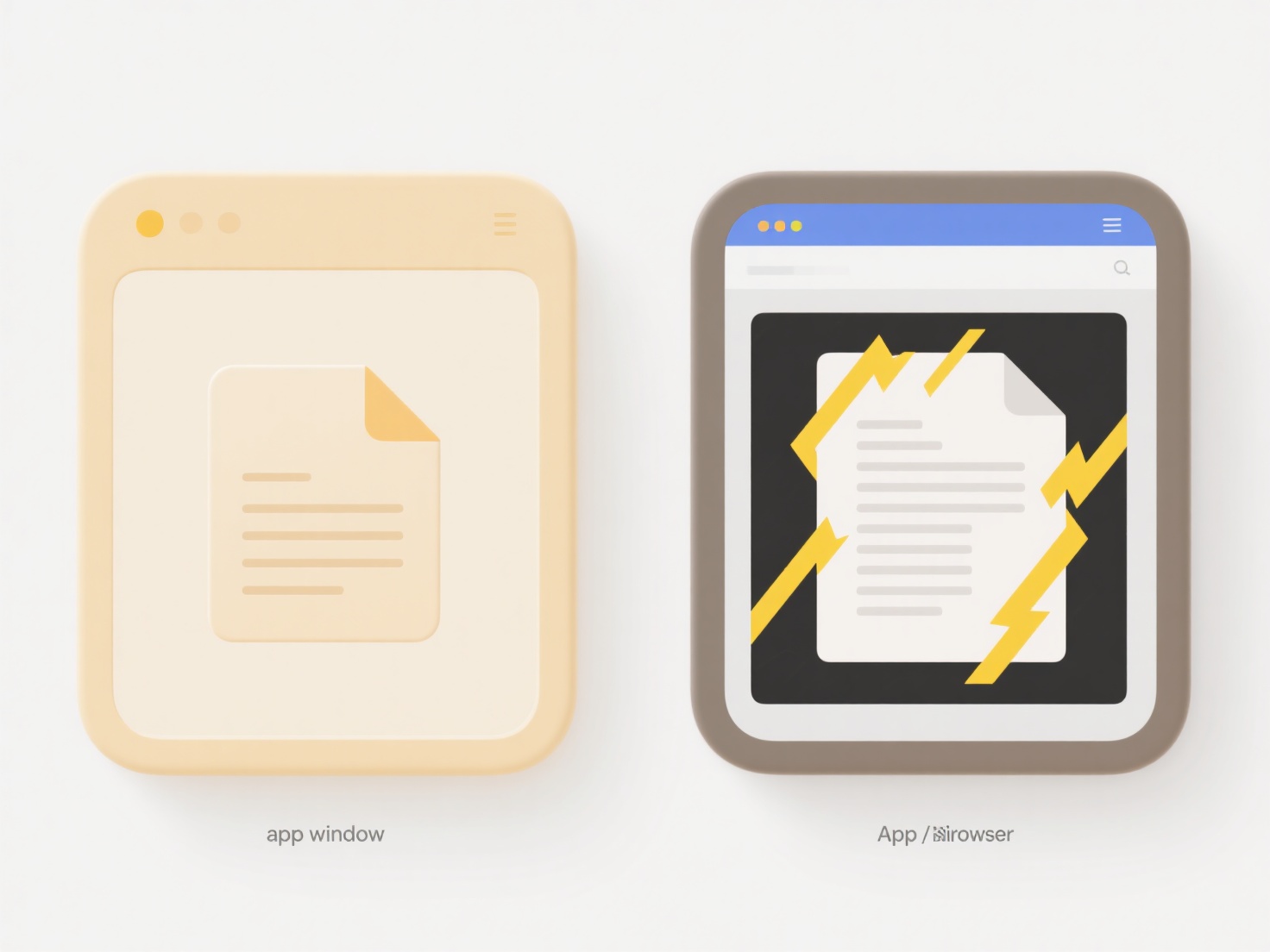
Windows blocks saving to specific folders—mainly system directories like Program Files and the Windows folder—to protect critical operating system files and maintain stability. This restriction operates through file permissions: system folders typically grant "read" but not "modify" or "write" access to standard user accounts. Only trusted processes (like installers run by administrators) gain elevated permission to alter these areas, preventing accidental deletions by users or unauthorized modifications by malware.
For example, software installers require administrative approval to write files into "Program Files," ensuring only verified applications modify this shared location. Similarly, applications cannot directly save user-specific settings or data in system folders; instead, they write to user-specific locations like "AppData" within the user's profile directory. This is crucial in corporate IT environments where user profiles roam across devices without affecting shared program files.

The primary advantage is enhanced security and system integrity, reducing the risk of corruption or exploits. However, a limitation is potential confusion for users or developers expecting applications to save freely everywhere. Legitimate software needing restricted access must be "run as administrator" or use virtualized write paths provided by UAC (User Account Control), balancing safety with functionality. Future developments may refine these permissions further for containerized or security-hardened environments.
Why does Windows block saving to certain folders?
Windows blocks saving to specific folders—mainly system directories like Program Files and the Windows folder—to protect critical operating system files and maintain stability. This restriction operates through file permissions: system folders typically grant "read" but not "modify" or "write" access to standard user accounts. Only trusted processes (like installers run by administrators) gain elevated permission to alter these areas, preventing accidental deletions by users or unauthorized modifications by malware.
For example, software installers require administrative approval to write files into "Program Files," ensuring only verified applications modify this shared location. Similarly, applications cannot directly save user-specific settings or data in system folders; instead, they write to user-specific locations like "AppData" within the user's profile directory. This is crucial in corporate IT environments where user profiles roam across devices without affecting shared program files.

The primary advantage is enhanced security and system integrity, reducing the risk of corruption or exploits. However, a limitation is potential confusion for users or developers expecting applications to save freely everywhere. Legitimate software needing restricted access must be "run as administrator" or use virtualized write paths provided by UAC (User Account Control), balancing safety with functionality. Future developments may refine these permissions further for containerized or security-hardened environments.
Related Recommendations
Quick Article Links
Should I organize files by file type, topic, or usage frequency?
Should I organize files by file type, topic, or usage frequency? Organizing files effectively depends on your needs an...
How do I set chmod permissions on Linux?
In Linux, chmod (change mode) is a command used to define permissions for files and directories. Permissions dictate who...
How do I handle duplicate files in cloud sync?
Handling duplicate files in cloud sync services involves identifying and managing identical copies unintentionally store...